
Feel free to add tags, names, dates or anything you are looking for


The history of contemporary Georgian sculpture has its roots in the period around the turn of the 20th century, when Georgia began to reconnect with European cultural milieu after centuries of having been forcibly pulled away from it. It was at that time that pioneer Georgian sculptor Iakob Nikoladze (1876-1951) made his first appearance as an artist.
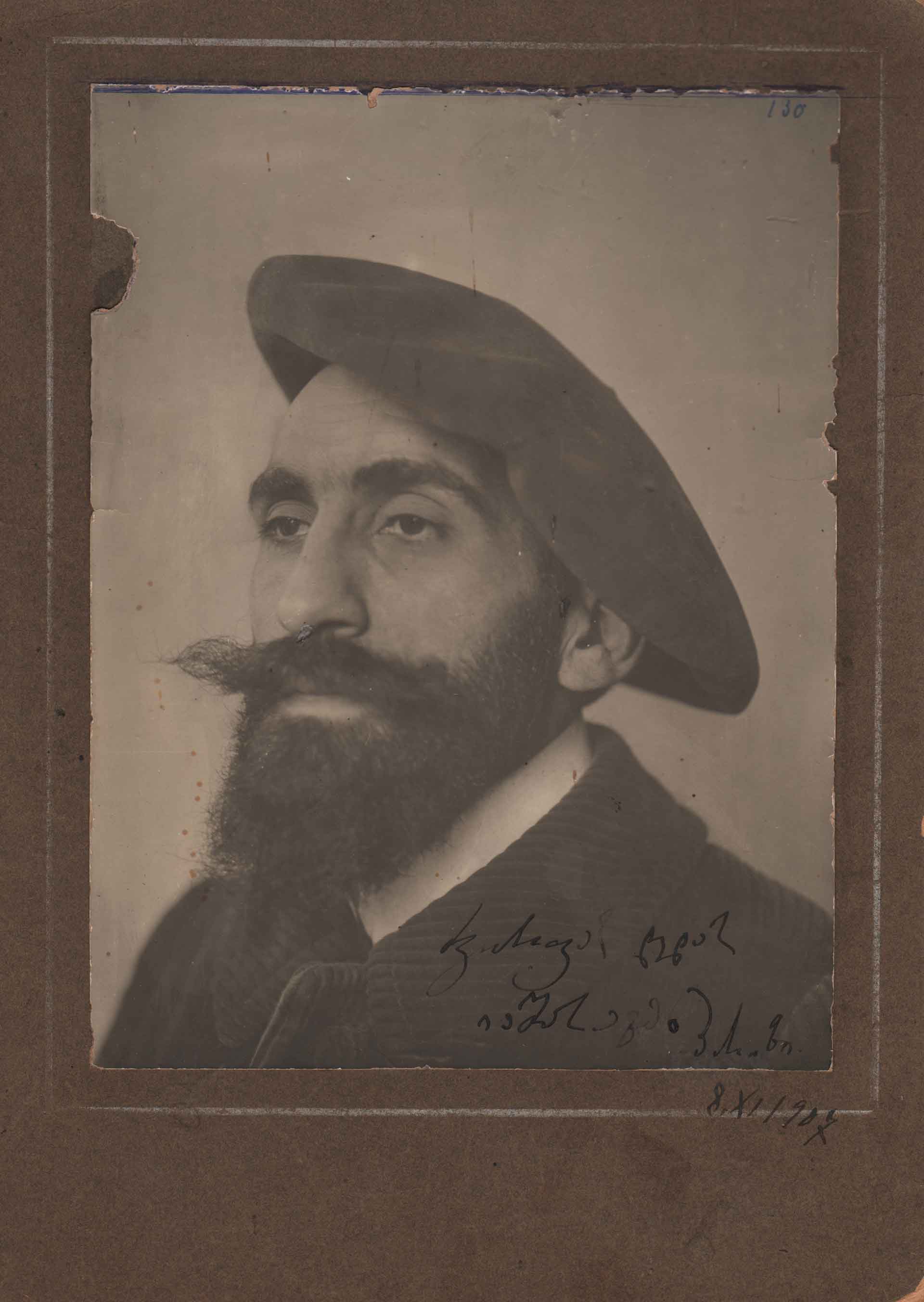
Iakob Nikoladze – 1876 Kutaisi /1951,Tbilisi
In the early 20th century, Tbilisi had only one monument and four busts, all of them being the works of Russian and Polish sculptors. Georgia lacked a sculpture school where Nikoladze would have been able to obtain training in this branch of art. Accordingly, in 1904 he travelled to Florence, Italy. Impressed by Michelangelo’s Slaves, he wrote: ‘No other sculpture has appealed to me so greatly and forcefully as these statues. Looking at them, I missed Rodin’. Rodin reinvented the non finito used by Michelangelo, making it one of his principal techniques. Nikoladze desired to follow in the footsteps of Rodin, and duly left Florence for Paris to work as an assistant at Rodin’s workshop during the years 1905-1906. The several months he spent there brought his craftsmanship to perfection, and at the same time defined his style: careful, free manner of carving, psychological depth and poetic rendering. Naturally enough, his style constituted no immediate continuation of Georgian sculpture. The aestheticism and adherence to the European tradition of sculpture were alien to the Soviet school of sculpture.
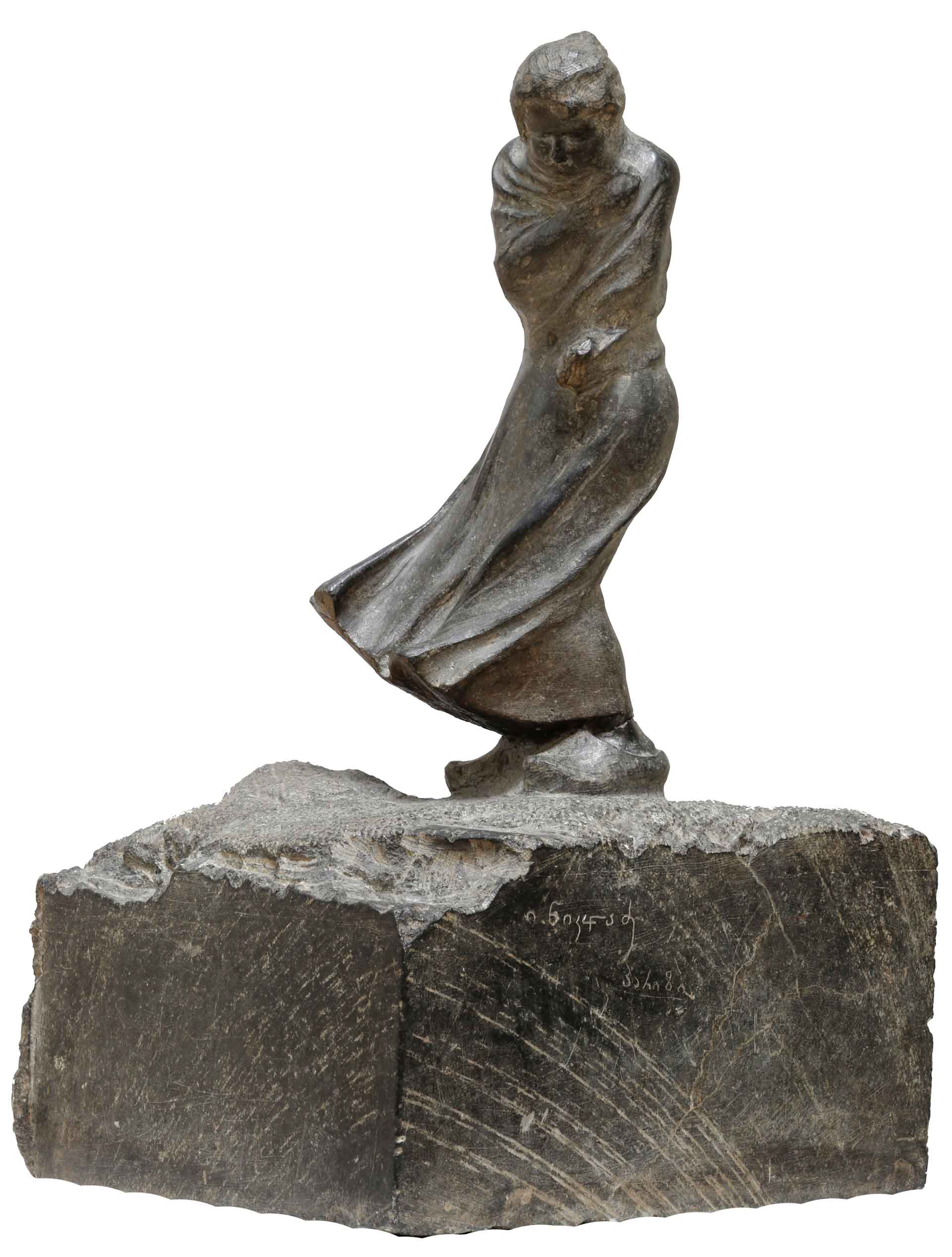
Wind. 1905. Stone. 52X30X20 cm. Georgian National Museum, Dimitri Shevardnadze National Gallery
He created his round sculpture Wind, which is to be viewed from all sides, in Paris in 1905. The work offers something new from each point of view, yet remains equally captivating from all angles. It represents the emotionally charged figure of a woman with crossed arms emerging from a monolithic stone postament. Wrapped in a garment with her head turned in the opposite direction, she is trying hard to continue on her way in the face of a strong wind. The huge clogs she is wearing create a contrast with her feeble, almost weightless body, lending artistic stability to her figure. The disparity between the expressive figure and the postament, as well as between the massive stone slab and her light silhouette, lend expressiveness and laconism to the sculpture.
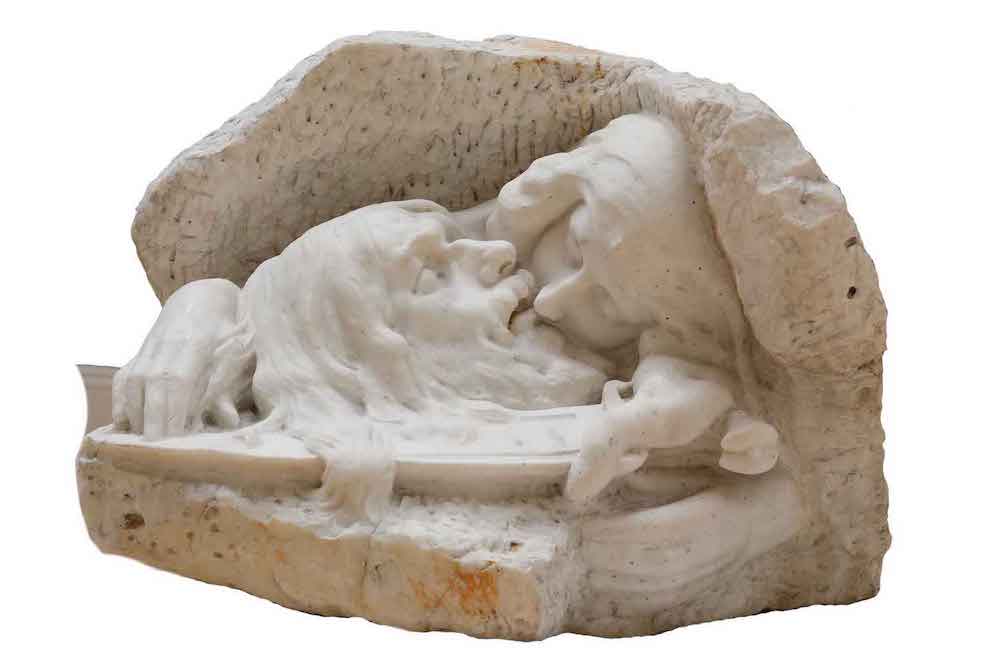
Salome. 1906. Marble. 45X68X35 cm. Georgian National Museum, Dimitri Shevardnadze National Gallery
Salome, another work by Nikoladze, clearly shows the influence of Rodin, as did all European sculpture of the time. Featuring chaotic chiseled-out grooves, the non-finito asymmetrical oval marble block forms a background to Salome’s head and hands half emerging from the stone. Salome is shown kissing the lips of John the Baptist, whose severed head is placed on a platter resting between her hands. Her face reflects the dreariness emanating from the face and closed eyes of John the Baptist, the two faces creating an intense sense of necrophiliac passion and deep sorrow. The Maiden of the North is a meticulously crafted figural sculpture, which again uses the technique commonly employed by Rodin: the contrast between unfinished and finished marble textures serves to highlight the warmth and expressiveness of the refined features of her face and smooth skin.

The Maiden of the North. 1906. Marble. 54x66x35 cm. Georgian National Museum, Dimitri Shevardnadze National Gallery
Upon hearing news of the assassination of Ilia Chavchavadze, Nikoladze returned to Georgia in 1908 to sculpt a monument dedicated to the outstanding writer and public figure. His Mournful Georgia on the grave of Ilia Chavchavadze in Tbilisi’s Mtatsminda Pantheon of Writers and Public Figures is the first sculpture that a Georgian sculptor dedicated to a Georgian writer.
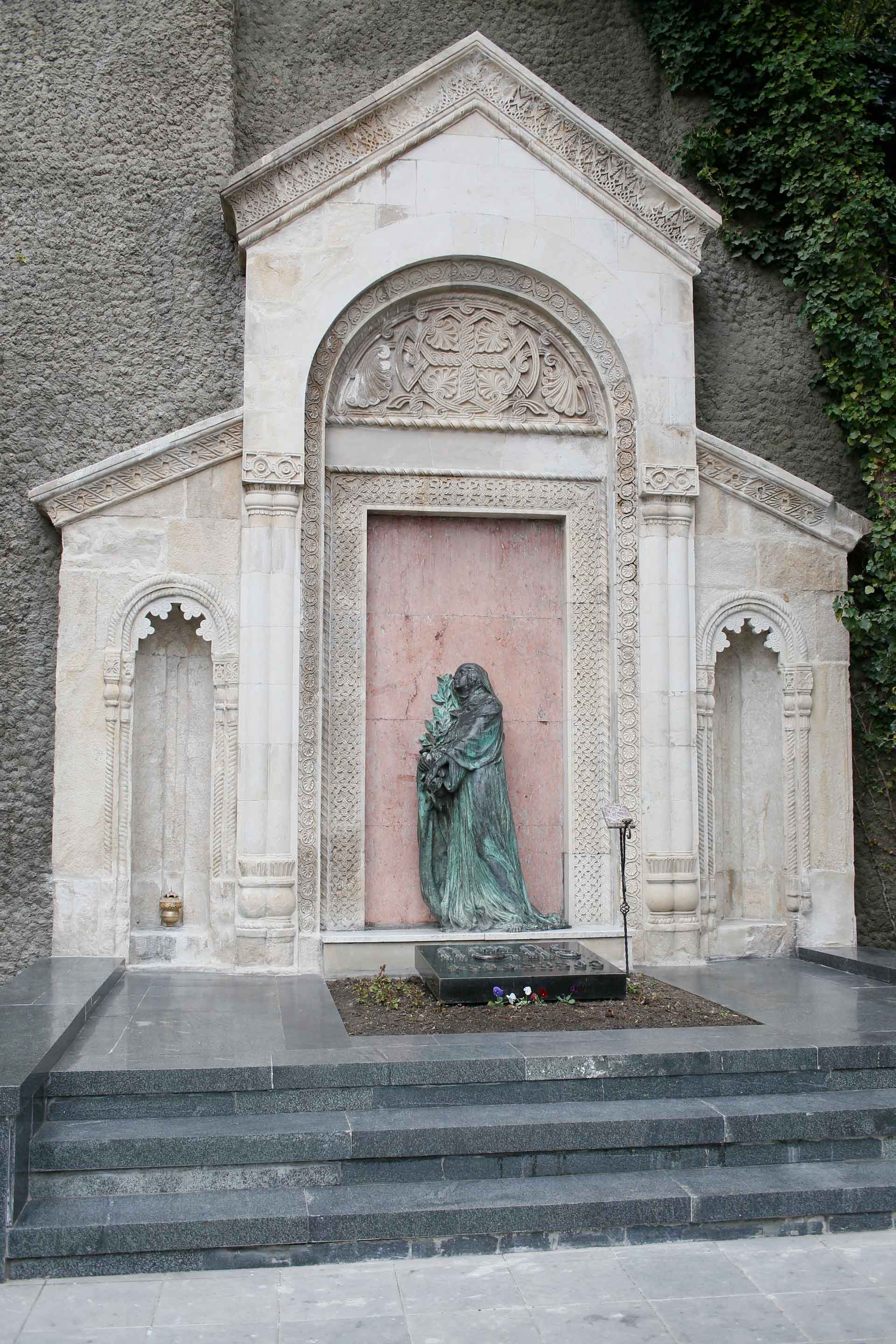
The grave monument of Ilia Chavchavadze in the Mtatsminda Pantheon, Tbilisi, Georgia 1913. Ilia Chavchavadze is regarded as one of the founding fathers of modern Georgia

The grave monument of Ilia Chavchavadze in the Mtatsminda Pantheon, Tbilisi, Georgia 1913. Ilia Chavchavadze is regarded as one of the founding fathers of modern Georgia
Highlights of Nokoladze’s works include a bust of the Georgian poet Akaki Tsereteli, which can be found in the garden of the State Opera and Ballet House. The poet’s face with protruding chin and high brows is highly expressive and lively. Suffering from eyelid paralysis in his last years, Tsereteli had to hold his head upright in order to see, a trait that the sculptor made skillful use of when creating the poet’s portrait.
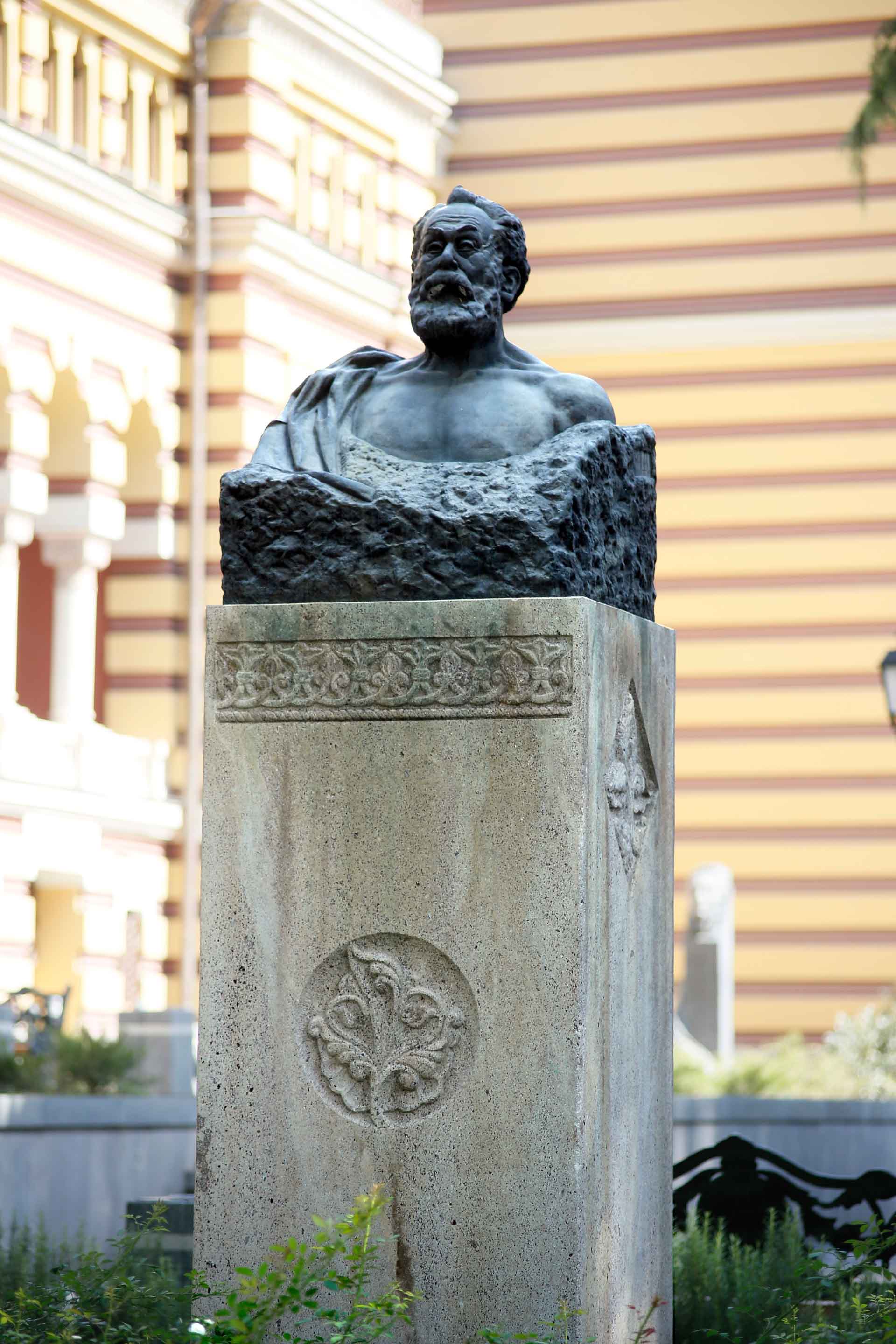
Bust of Akaki Tsereteli. 1922. Tbilisi. Garden at the Paliashvili Georgian National Opera and Ballet Theatre
One of Nikoladze’s final works, Chakhrukhadze, is a splendid example of a historical portrait. The image of the Georgian poet from the turn of the 13th century is a result of the sculptor’s imagination. The long oval of his face, along with the plasticity and slight asymmetry of the facial features lend an ascetic and at the same time poetic appearance to the portrait. Nikoladze’s family members recalled that while working on this sculpture, Iakob placed a piece of wet canvas on top of the unfinished portrait. After a while, as he returned to the work, he found pleasure in the chaotic folds of the canvas, and this prompted him to carve a charismatic, irregular wave of hair on the poet’s head, to which the portrait owes its immense impressiveness.
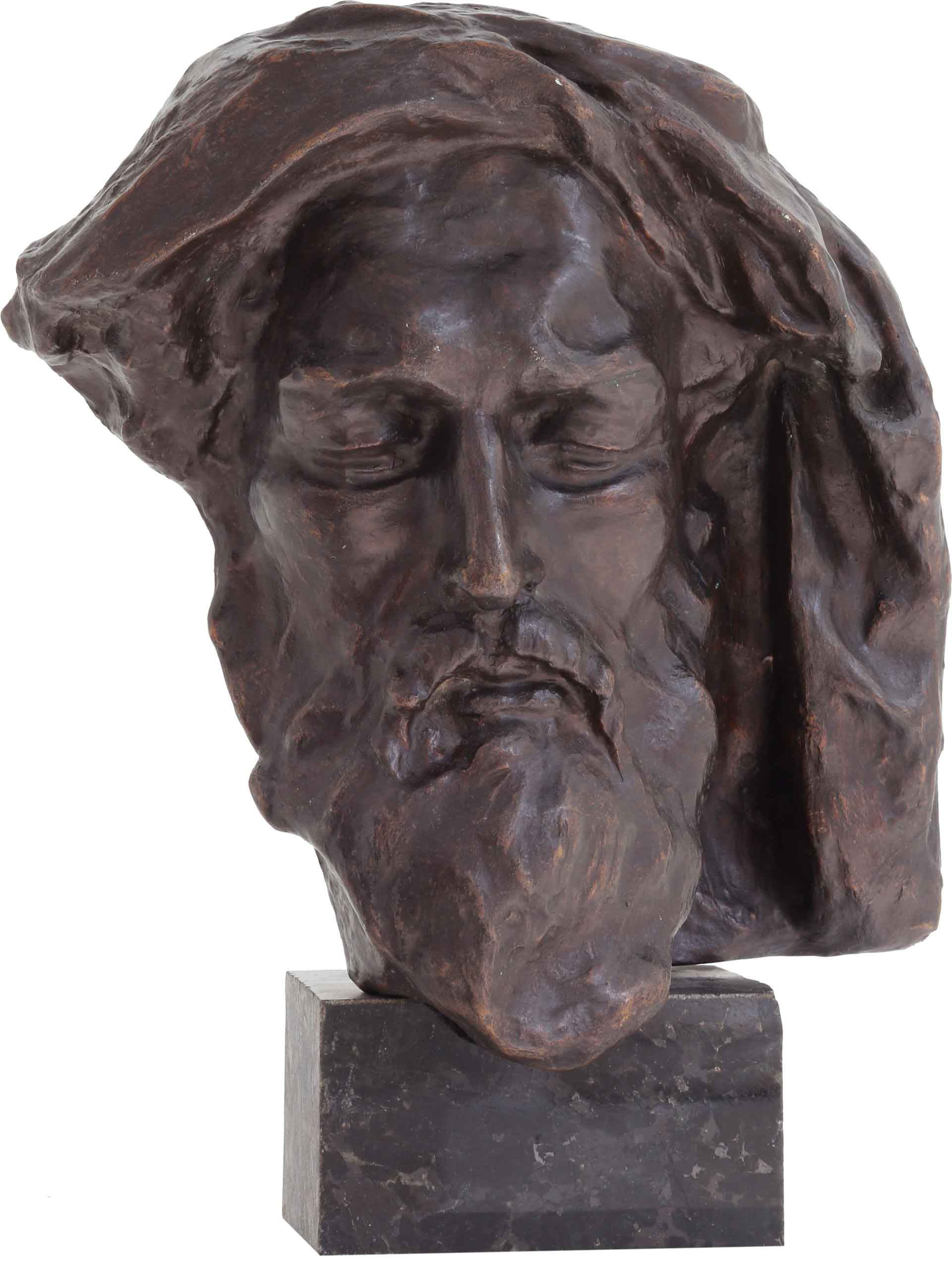
Chakhrukhadze. 1944. Bronze. 32x28x14 cm. Georgian National Museum, Dimitri Shevardnadze National Gallery
Nikoladze died in 1951. Apart from his works, which are celebrated masterpieces of Georgian art, he left behind a sculptural tradition and many followers. His disciples recall him often repeating Rodin’s words: ‘Do your work as if you were singing, and even louder!’